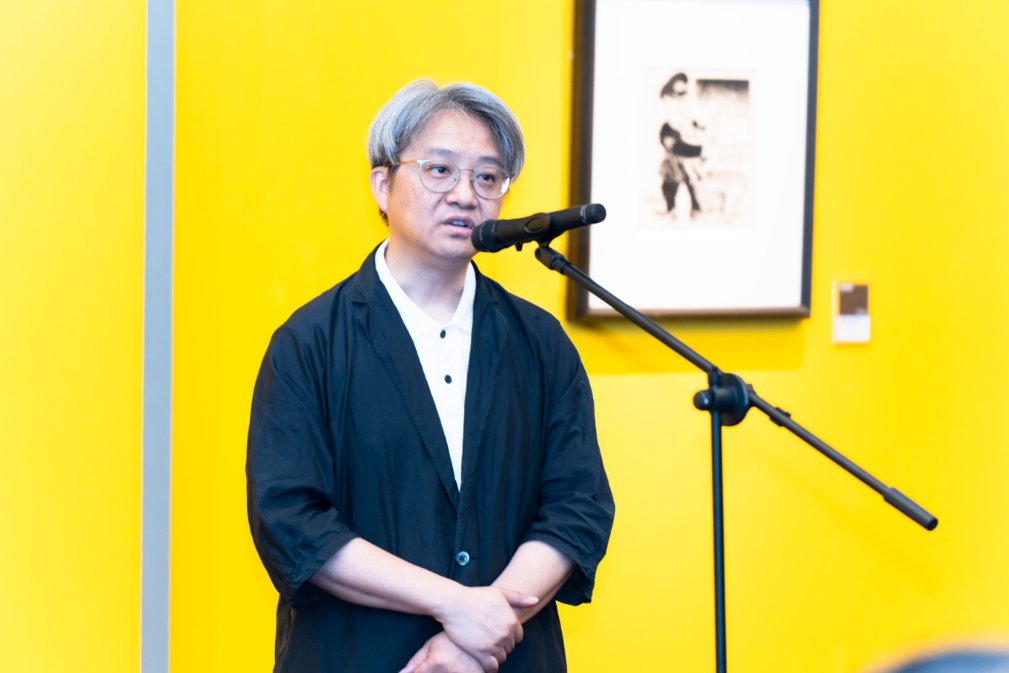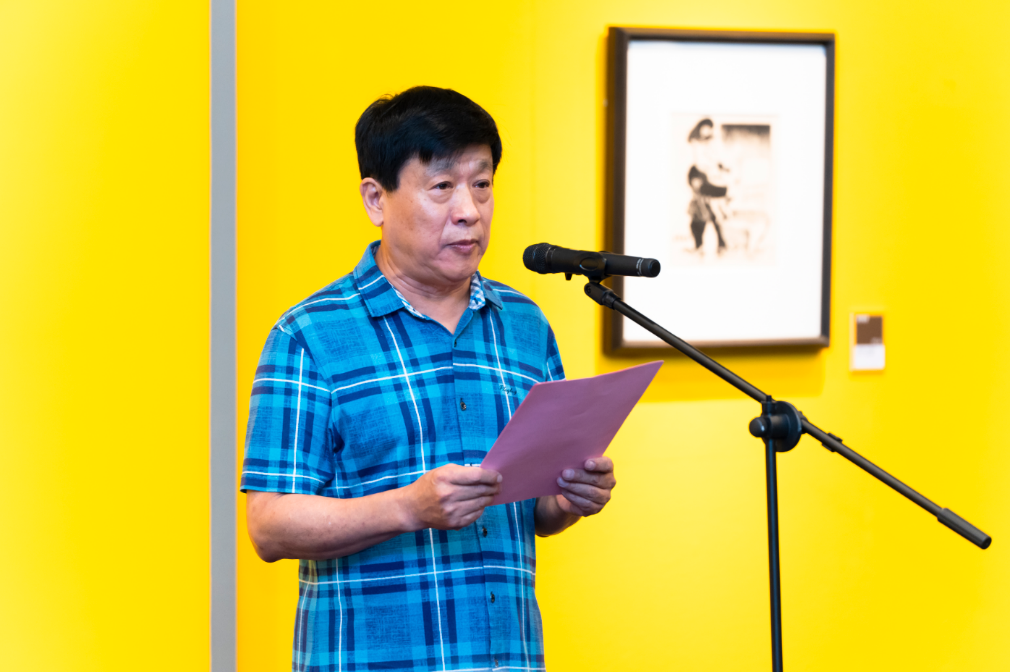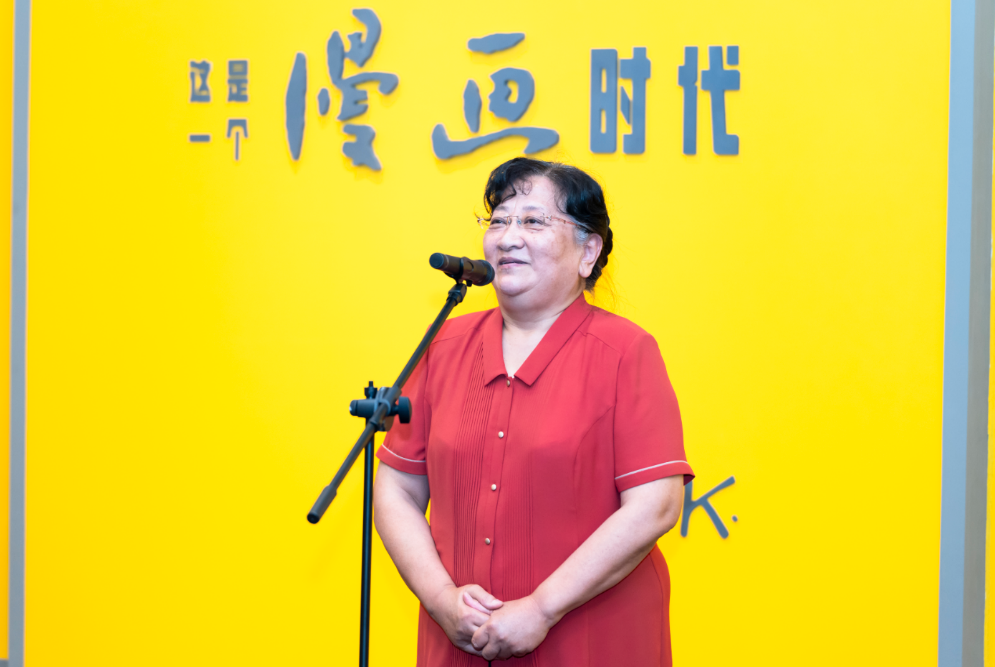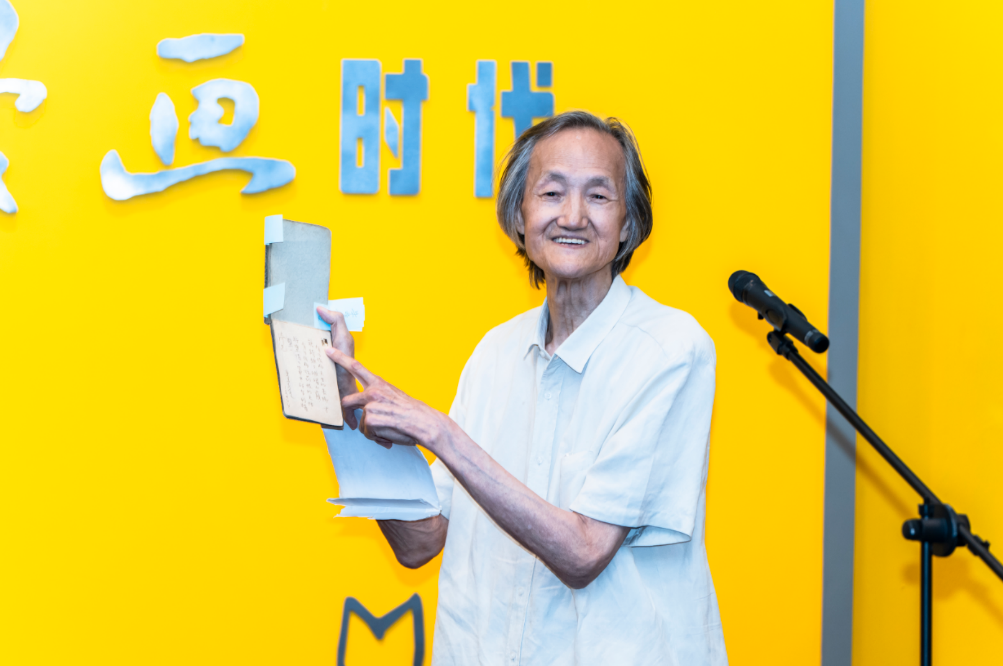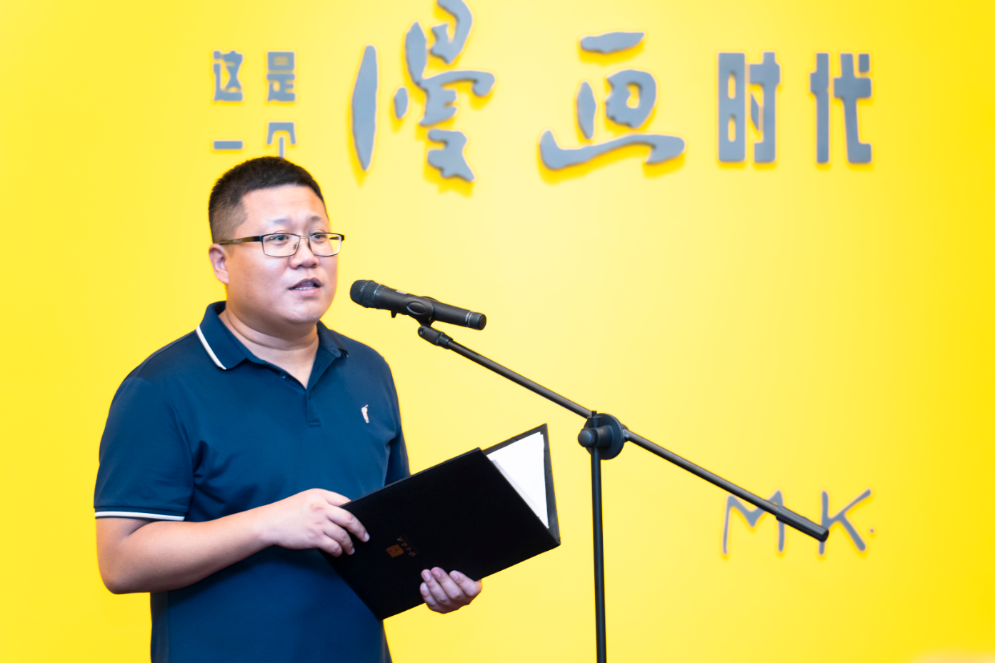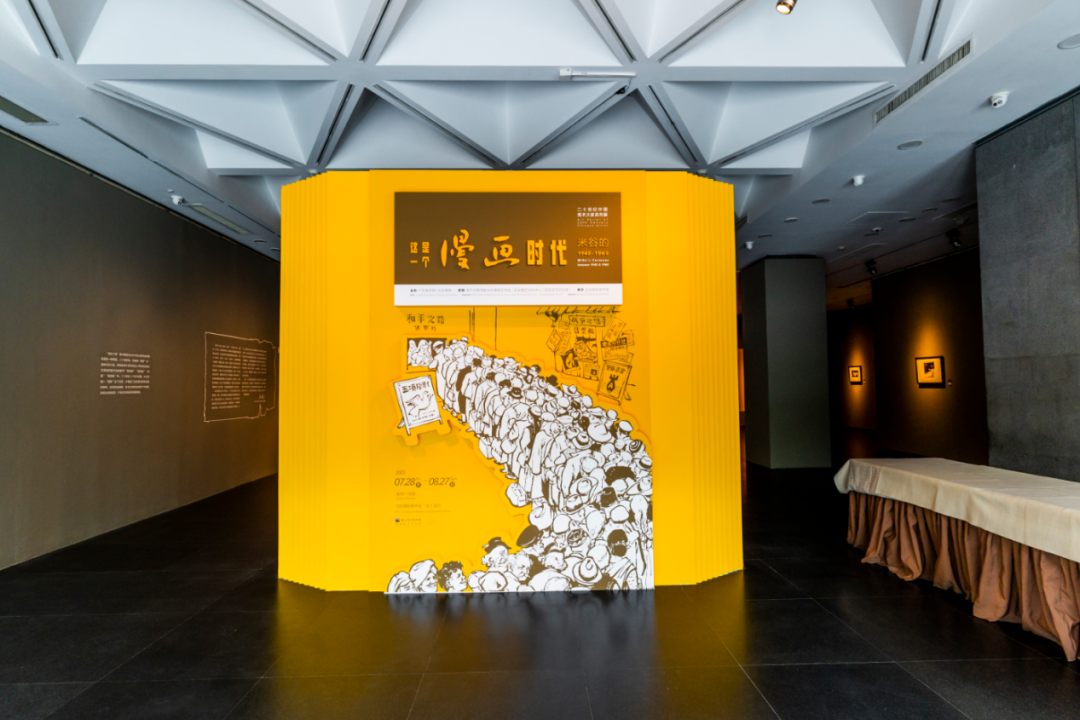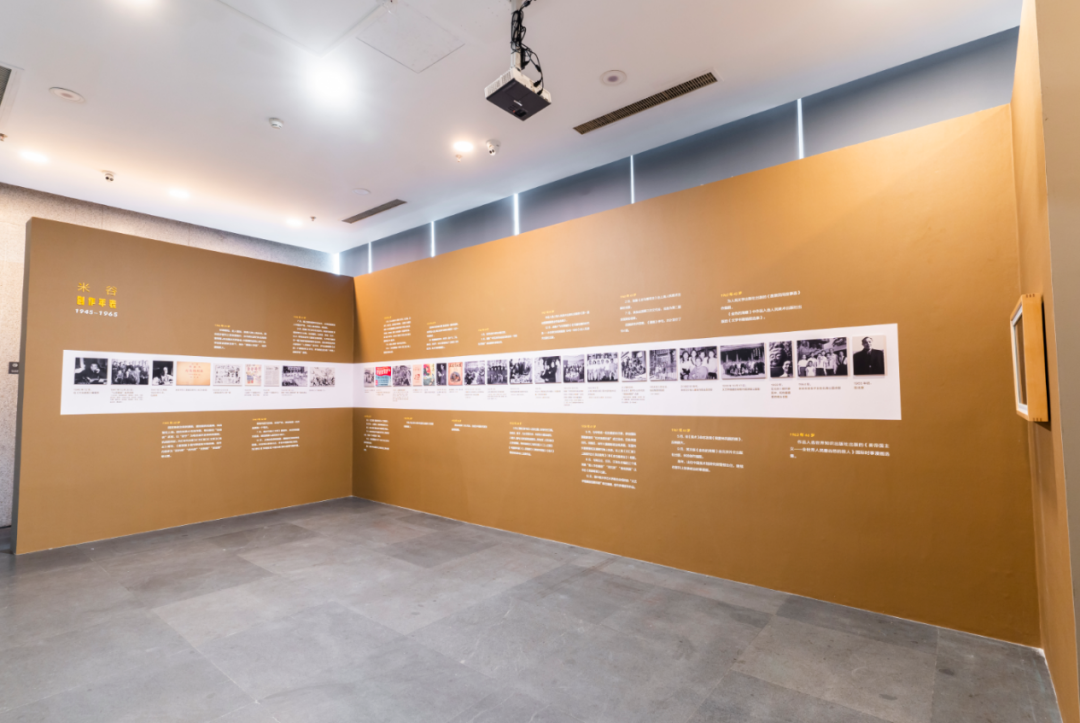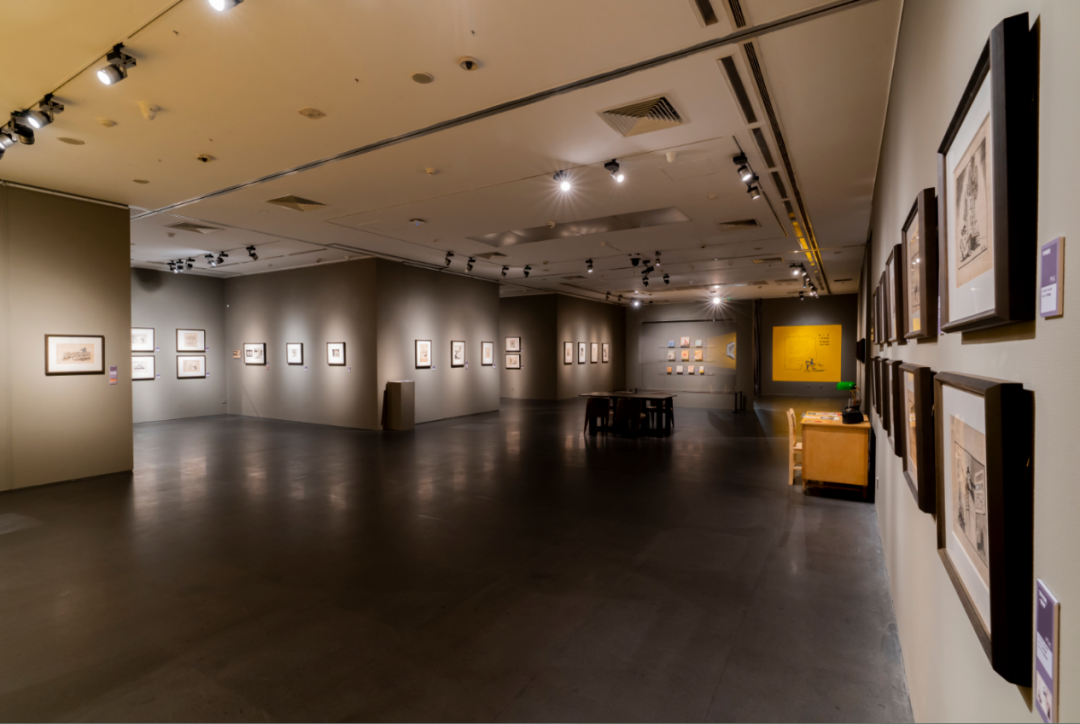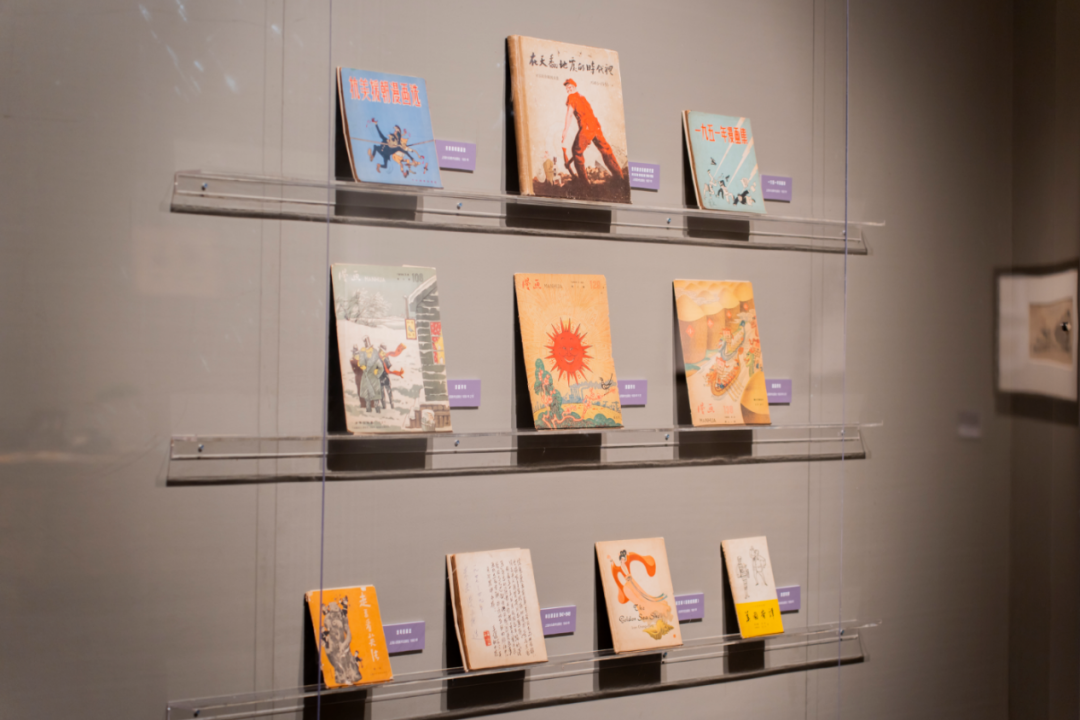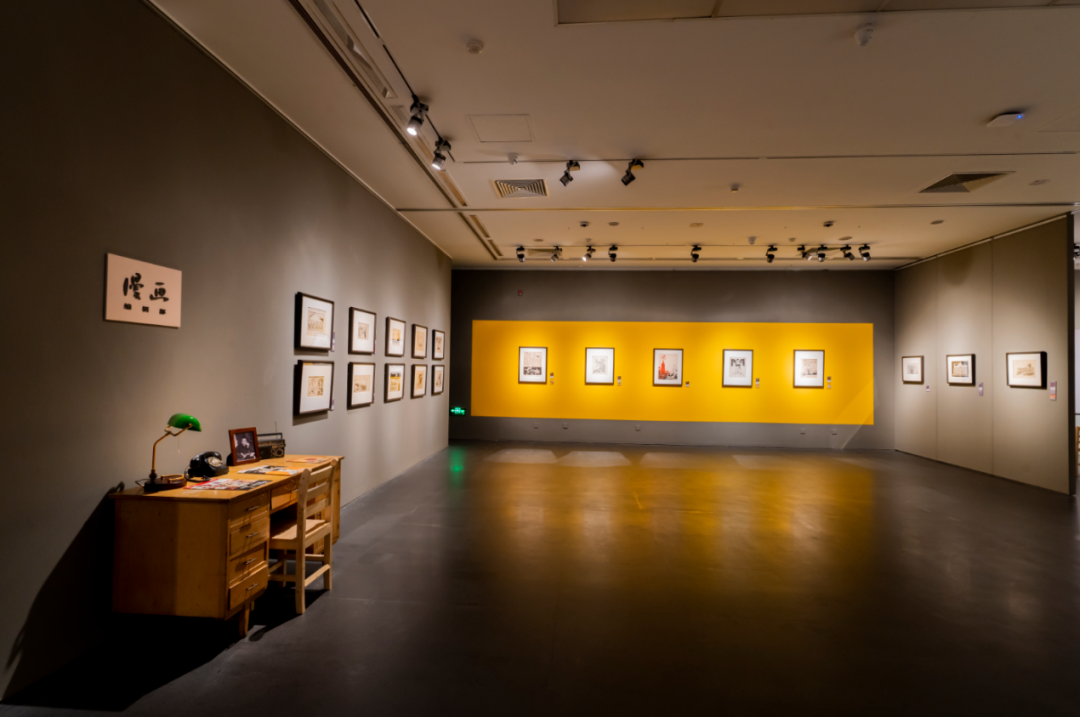Mi Gu’s Cartoons between 1945 and 1965
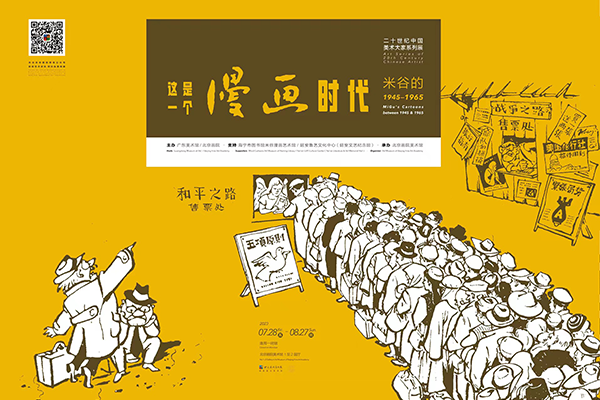
- show time:2023-07-28 to 2023-08-27
- Organizer:Guangdong Museum of Art and Beijing Fine Art Academy
- venue:Beijing Fine Art Academy
The exhibition Mi Gu’s Cartoons between 1945 and 1965 is organised jointly by Guangdong Museum of Art and Beijing Fine Art Academy. It will display nearly 120 manuscripts of Mi Gu's cartoons in Art Museum of Beijing Fine Art Academy from 28 July 2023 to 27 August 2023.
Call for Cartoons
During the exhibition, we will invite cartoons of the following themes for our upcoming Guest Cartoon Show in BFAA’s official account.
· Cartoons of yourself or your family
· Copies of Mi Gu's cartoons in the exhibition
Submission Location: the second floor gallery of Art Museum of Beijing Fine Art Academy
Deadline: 27 August 2023
Let's clarity what is cartoon. At the beginning of the 20th century, amusing drawings in a newspaper or magazine, especially ones about politics or events in the news had different names, such as ironic paintings, funny paintings, joke paintings and fable paintings. In the late 1920s, the term cartoon was imported from Japan to summarize this kind of paintings. Artists created cartoons to record the present political and social events and also to illustrate their political attitudes. Cartoon was such a pioneering art at that time. This kind of art was not created for self-pleasure or friend circles, but for the political propaganda from the very beginning.
Mi Gu was acclaimed as one of the greatest Chinese cartoonists in the 20th century. He has made great contributions to the development of cartoon in China, together with Hua Junwu, Liao Bingxiong, Zhang Leping, Ye Qianyu, Zhang Guangyu, Fang Cheng and other Chinese cartoonists. Mi Gu was not his real name. During his career, he used many pseudonyms instead of his real name Zhu Luqing, such as Zhu Wushi, Linghu Yuan, Feng Ning, Li Cheng, Shi Lan, M.K. and so on.
Mi Gu once studied at Private Shanghai Academy of Fine Arts when he was a teenager. From 1930s to 1960s, he has acted a number of different roles besides a cartoonist, such as a researcher in the Art Department of the Lu Xun Academy of Literature and Art in Yan‘an, an art team leader of the New Fourth Army, the editor of the cartoon column Fortnightly on Wenhui Daily in Hong Kong, the secretary of Yen Kan Painting Society, the art team leader of Jie Fang Daily, the editor of Manhua magazine, and the collections department director of the National Art Museum of China.
Cartoons in this exhibition are vintage Mi Gu between 1945 and 1965. These twenty years were significant for his career because this period gave birth to the efflorescence of cartoon art in China. Specifically, the period from 1945 to 1947 for him was the toughest and stricken time for he lost touch with his former troop and had to take different jobs for living in Shanghai. Most of his cartoons in this time had the same subject matter that is the fight for justice and democracy. Consequently, his cartoons have accounted for the witch-hunt from the Kuomintang government before he went to Hong Kong for safety. From the end of 1947 to the liberation of Shanghai in May 1949, he sojourned in Hong Kong and continued to create cartoons. In September 1948, Wenhui Daily published in Hong Kong, and Mi Gu was chosen to hold its cartoon column Fortnightly. He signed himself ‘Li Cheng’ and also published cartoons about domestic and global topical events under the pseudonym as M.K. and Shi Lan.
On 1st June 1950, the first cartoon magazine of PRC named Man Hua was published in Shanghai. Mi Gu acted as the editor of Man Hua for the next ten years until July 1960 when the magazine was stopped for the increasing financial difficulties of the country. During this decade, Man Hua office was moved from Shanghai to Beijing in June 1955, and a total of 164 magazines were published. Man Hua made profound impact on young cartoonists at that time, for instance, Han Yu, Jiang Yihai, Bi Keguan, Miao Yintang, Zhan Tong and Chen Yongzhen. By tradition of cartoon magazine, Mi Gu kept duel role as editor and cartoonist throughout. According to official statistics, he published 114 cartoons on Man Hua in total.
In 1961, Mi Gu got a new position of the Collections Department director in National Art Museum of China. However, he did not give up cartoons. He insisted to search for subject matter from domestic and global topical events, for example the Vietnam War, the Cuban Missile Crisis, Indonesia-Malaysia Confrontation and other events.
Mi Gu was skilled at combining subjects with techniques in his works. He preferred to utilise traditional Chinese idioms, historical stories, folk tales, as well as rhetorical devices like metaphor, contrast, and irony to capture the interest of audience. Cartoon seems a serious comedy. It makes you laugh but thinking. Every audience would have his or her own understanding and interpretation.
.png)
.png)
.png)
.png)
.png)
.png)
.png)
.png)
.png)
.png)
.png)

